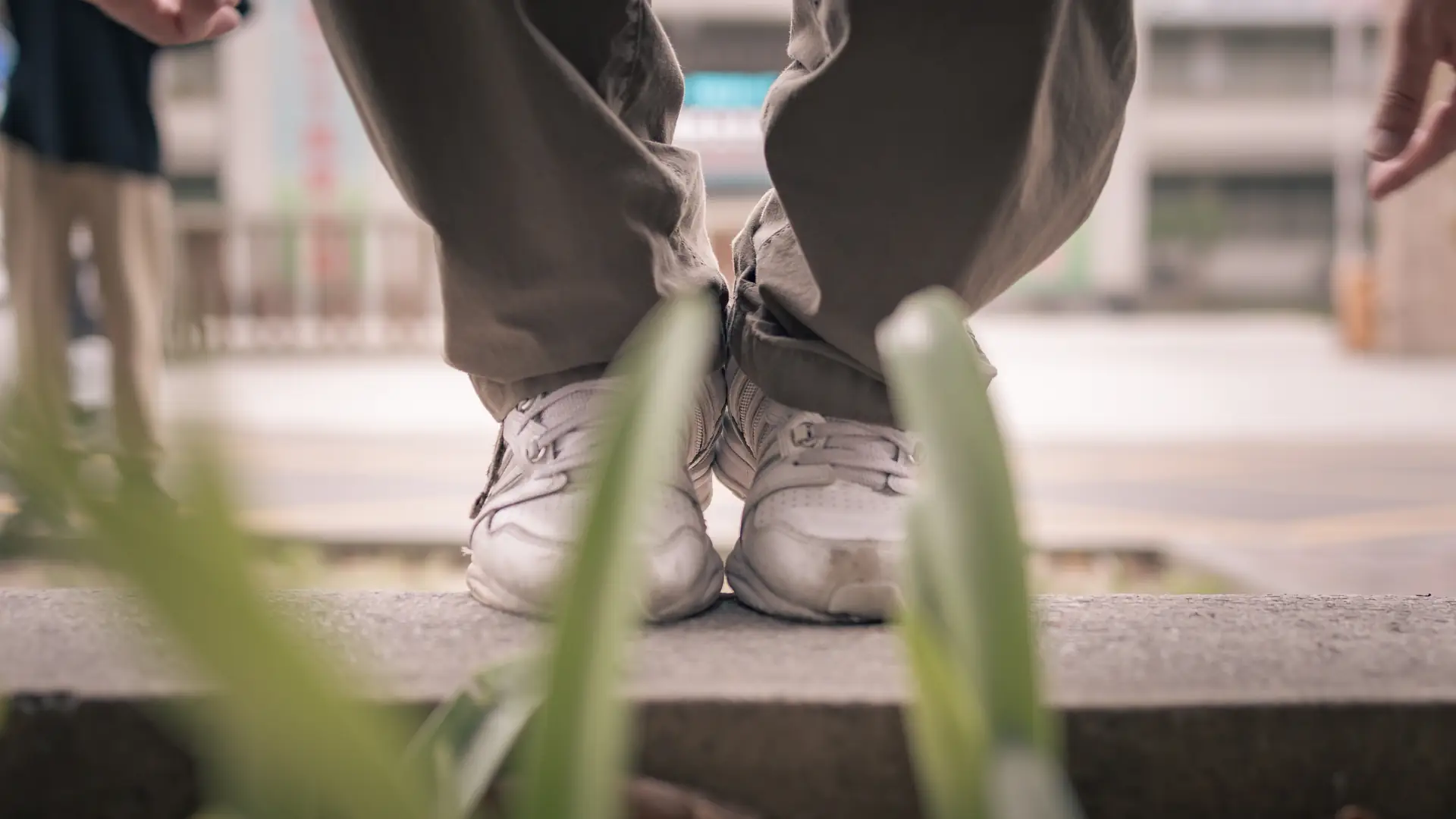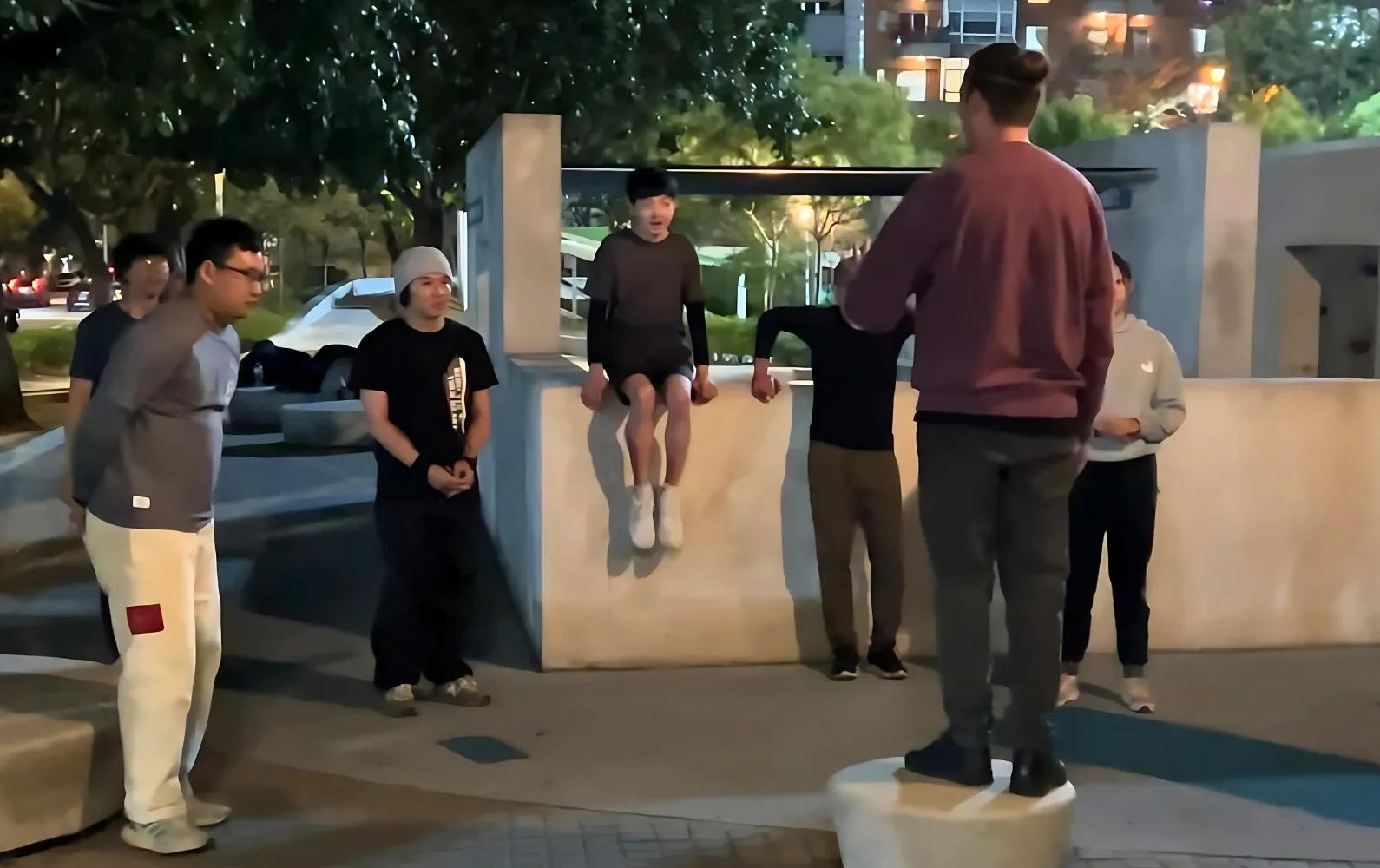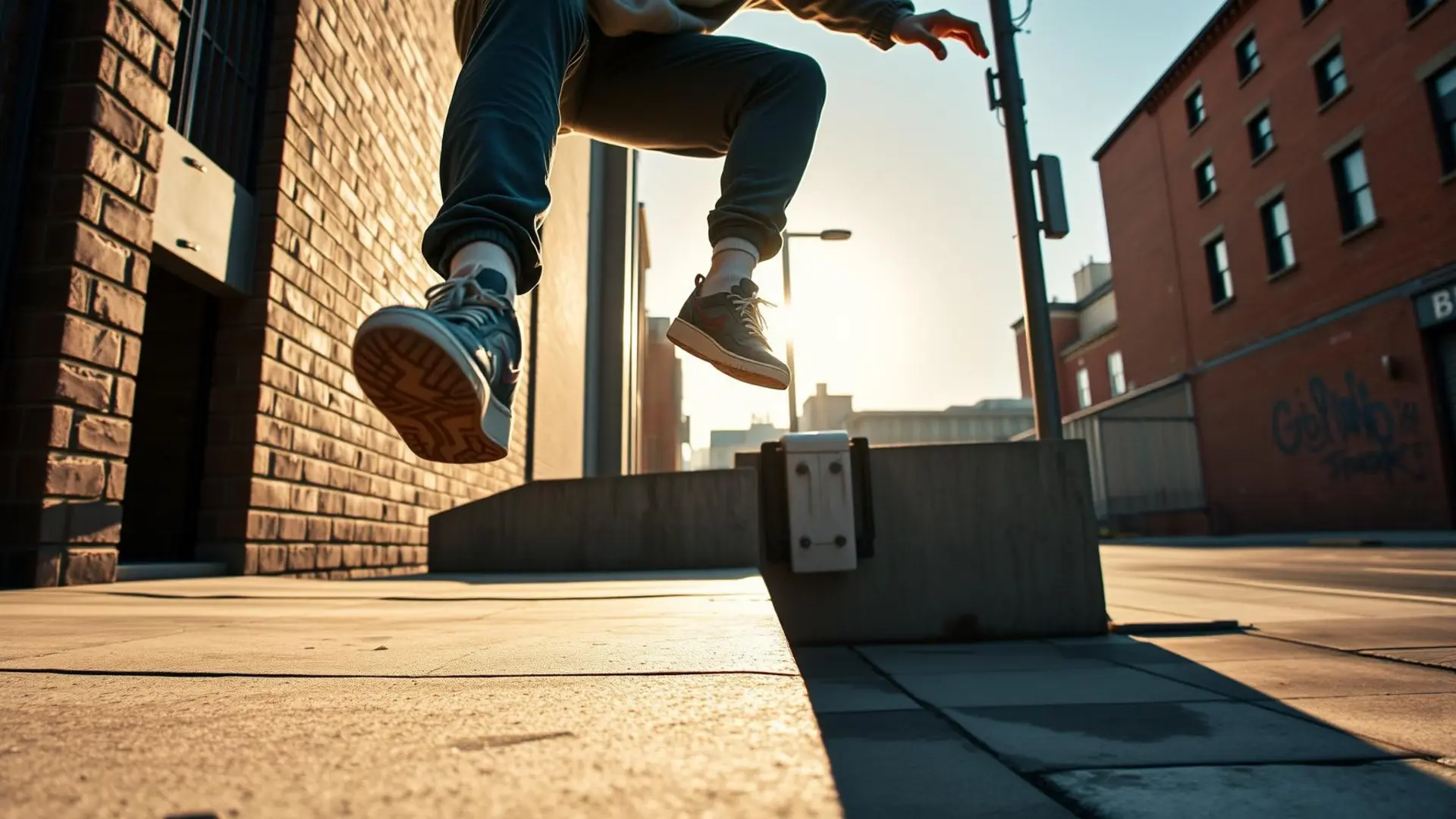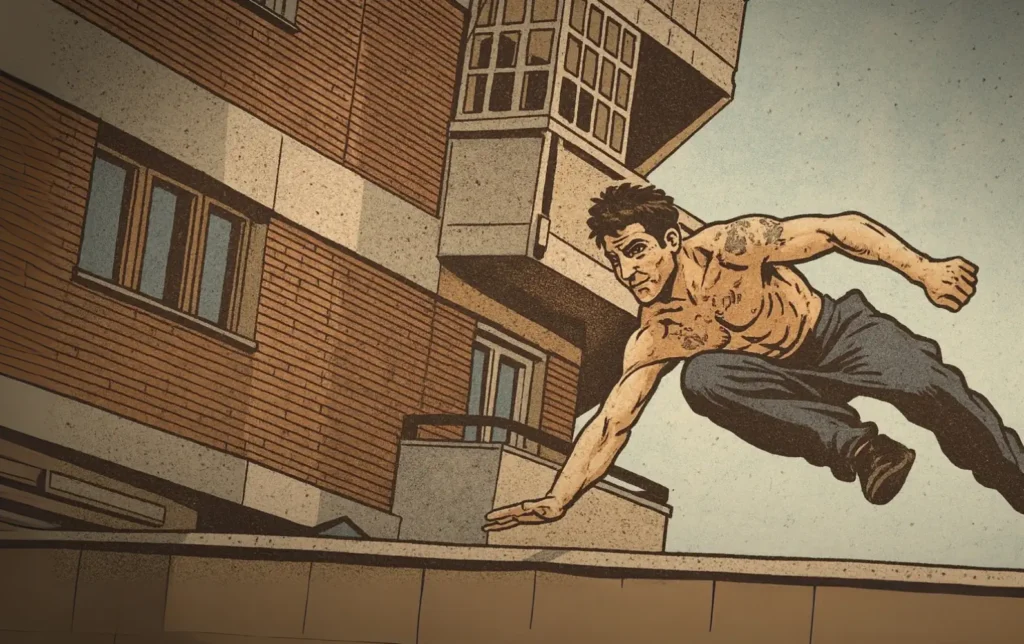Picking parkour shoes can feel hard. There are many styles and many words. But don’t worry! This guide will help you pick shoes that fit your feet and your moves. I will keep it simple, fun, and useful.
Why shoe choice matters
Shoes help you breathe, stick, and land. The right shoe gives you grip, feel, and protection. But no shoe will do the training for you. Practice and smart training make you better.
Three must-have features
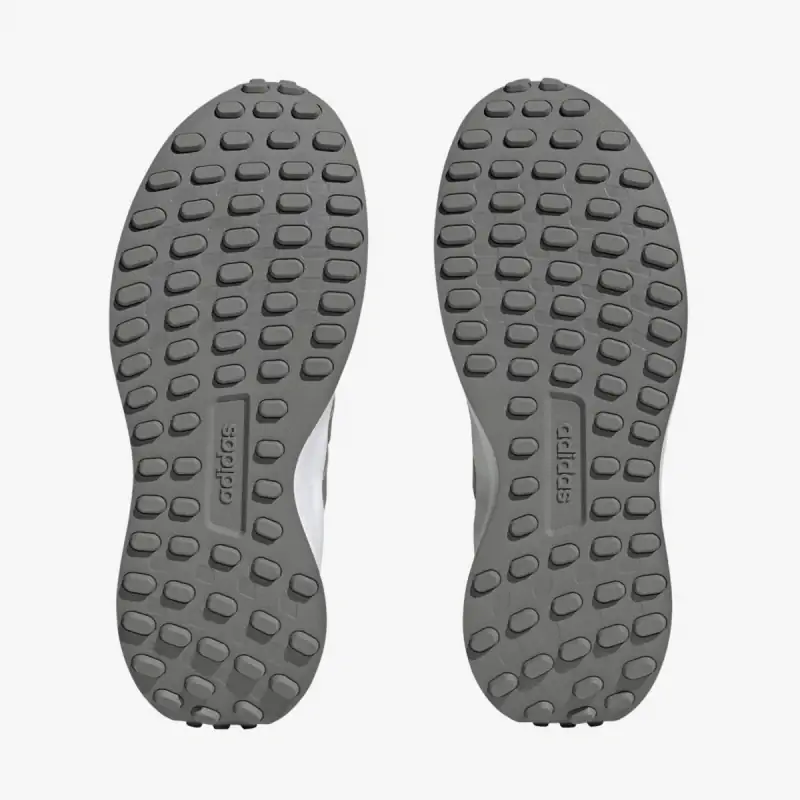
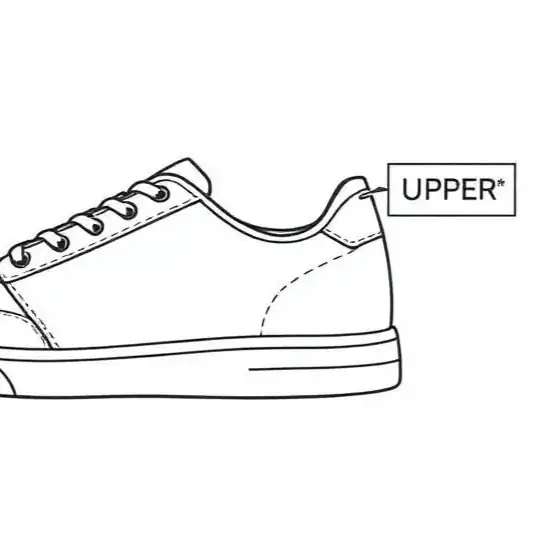

- Grip: Good grip helps you land and stick the move. A single rubber outsole usually wears well and gives steady grip.
- Durable upper: The top of the shoe should last. Tough materials can handle rails and ledges. But they might feel heavier and less airy.
- Fit: Shoes must match your feet. If they do not fit, you will feel slow or clumsy.
Think about your foot mechanics
People move in different ways. Two common types are overpronation and supination.
- Overpronation: Your foot rolls in a lot. You might want a shoe with a bit more support.
- Supination: Your foot rolls out. You may need a shoe with good cushioning on the outside.
If you are not sure, try shoes in a store and see how your feet feel. Or try a gait test with a coach.
Toe box size — don’t pick the wrong width
The toe box is the front space for your toes. Some shoes have wide toe boxes. Some are narrow.
- If your toes feel pinched, move to a larger size or a wider toe box.
- If there is a lot of empty space, your foot can slide and you lose control.
- A toe box that matches your foot helps balance and comfort.

Padding thickness — feel vs. cushion
Thinner soles let you feel the ground. That helps with precision. You can place your feet better during vaults and landings.
Thicker soles give more shock absorption. They feel softer for big drops. But they lower your ground feel.
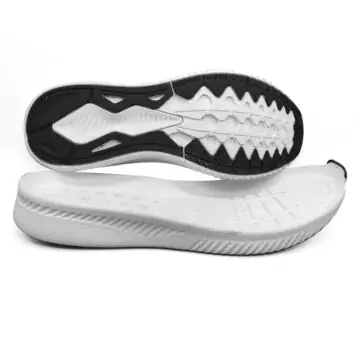
Pick thin soles if you want better control. Pick thicker soles if you jump from high places often and want more cushion.
Flexibility — move with your feet
Flexible shoes bend with your foot. They give good feel and help toe movements. Many traceurs like flexible shoes for tricks that need finesse.
Stiffer shoes can give more power for big moves. They can also help protect your foot from sharp edges. If you do heavy training, a slightly stiffer shoe may last longer.
Heel drop — small lift or flat?
Heel drop is the height difference between the heel and the toe of the shoe. It changes how your foot lands.
- Slight heel drop: A small raise can help some moves like wall runs and cat passes. It can make pushing off feel easier.
- Flat: Flat shoes give better balance and precision. They make it easier to place your foot on small edges.
Try both types and see which feels right for your moves.
Other helpful tips
- Try shoes with the socks you normally wear for training.
- Test shoes by jumping, rolling, and running on a few surfaces in the store.
- Break shoes in slowly. Train light at first to let them shape to your foot.
- Keep spare shoes or insoles if you like more cushion for long sessions.
- Know that some shoes tear faster if you do a lot of urban training. Durable uppers and strong stitching last longer.

Final thought
Shoe features can help your training. They give grip, feel, and protection. But the shoe will not make you a better traceur by itself. Only steady practice, good coaching, and smart training will make you stronger and safer.
Pick shoes that fit your feet and your style. Try them. Train in them. Have fun and keep moving!
Wanna know my personal favorite shoes?
Go and sign-up for our newsletter and we will be releasing my top 5 shoes for 2026 soon.

